Use OOP!
I've implemented this as a new component, a descendant of SKNode, which
contains two SKLabelNodes, one for text itself and another for its shadow:
final class TgSKLabelWithShadow: SKNode
{
private var lblText: SKLabelNode!
private var lblShadow: SKLabelNode!
var text: String?
{ get { return lblText.text }
set { lblText.text = newValue
lblShadow.text = newValue } }
var fontColor: UIColor?
{ get { return lblText.fontColor }
set { lblText.fontColor = newValue } }
// define additional getters/setters, if necessary.
init( position: CGPoint,
alignment: SKLabelHorizontalAlignmentMode,
text: String,
fontName: String,
fontSize: CGFloat,
fontColor: UIColor,
shadowColor: UIColor,
shadowOffSet: CGPoint)
{
super.init()
self.position = position
lblShadow = SKLabelNode(text: text)
lblShadow.fontName = fontName
lblShadow.fontColor = shadowColor
lblShadow.fontSize = fontSize
lblShadow.horizontalAlignmentMode = alignment
lblShadow.position = shadowOffSet
self.addChild(lblShadow) // add shadow first
lblText = SKLabelNode(text: text)
lblText.fontName = fontName
lblText.fontColor = fontColor
lblText.fontSize = fontSize
lblText.horizontalAlignmentMode = alignment
self.addChild(lblText) // on top of shadow
}
required init?(coder aDecoder: NSCoder)
{
fatalError("TgSKLabelWithShadow - init(coder:) has not been implemented")
}
}
Instantiate and add to parent (another node or the scene) like so:
ndInfo2 = TgSKLabelWithShadow(
position: CGPoint(x: size.width/2, y: size.height - 170),
alignment : .Center,
text: "ndInfo2: ???",
fontName: "Avenir",
fontSize: 40,
fontColor: colorText,
shadowColor: UIColor.blueColor(),
shadowOffSet: CGPoint(x:1, y:-1))
addChild(ndInfo2)
An outline? Well, nothing prevents you to nest yet another SKLabelNode to establish an outline. (one could calculate it to be slightly bigger than the label.) Note that the order of adding child labels is relevant.
This code has been tested and is in active use in an Apple TV app that I am currently building. Kind Regards, Ted.

